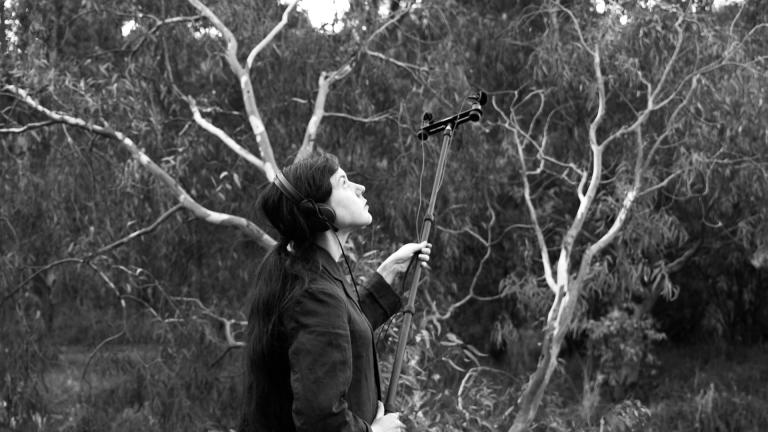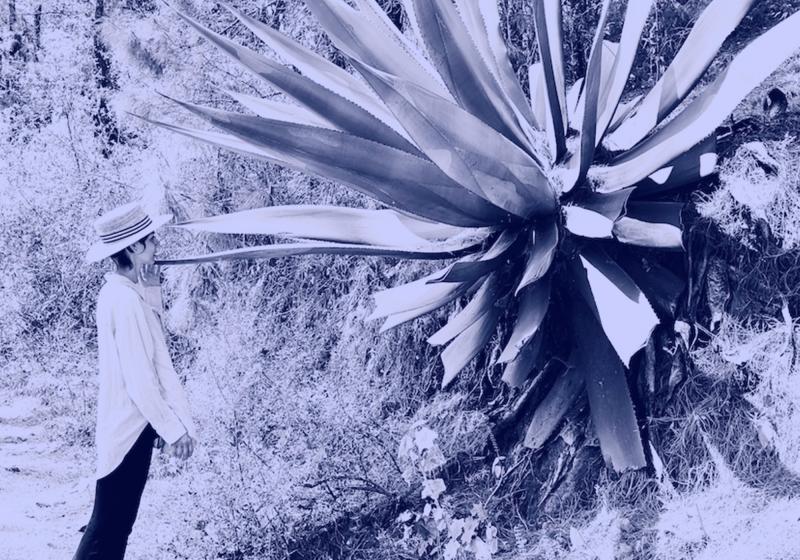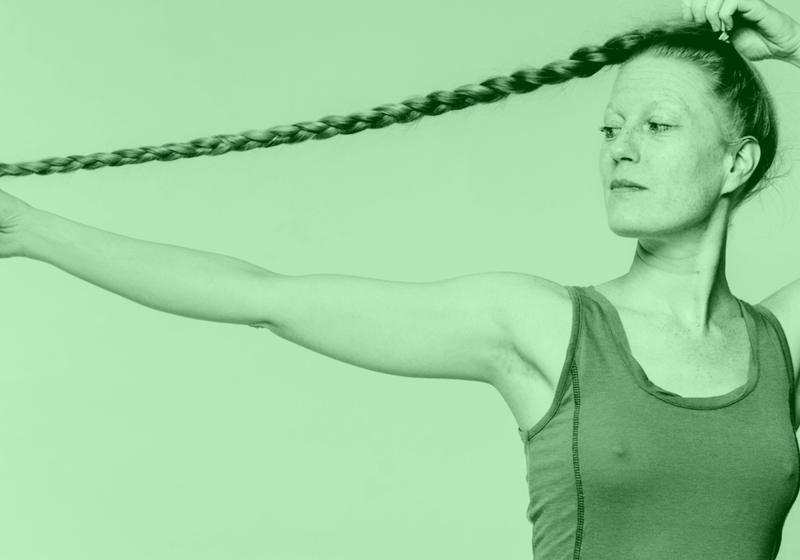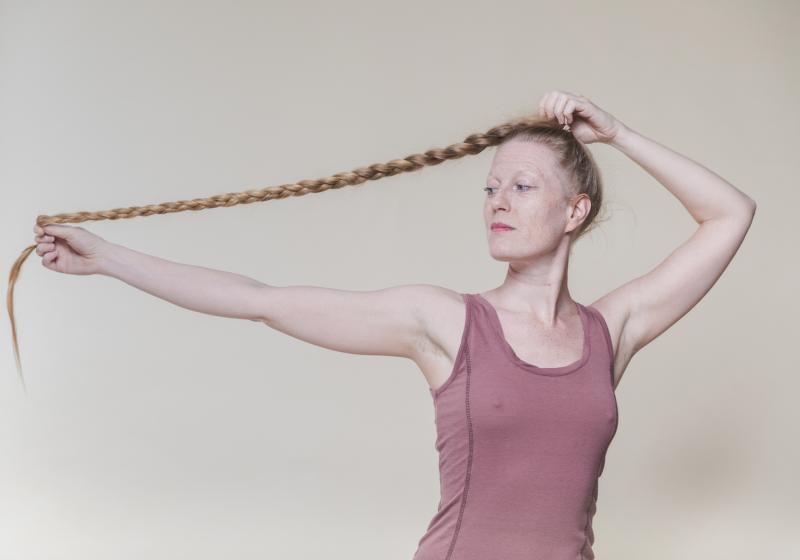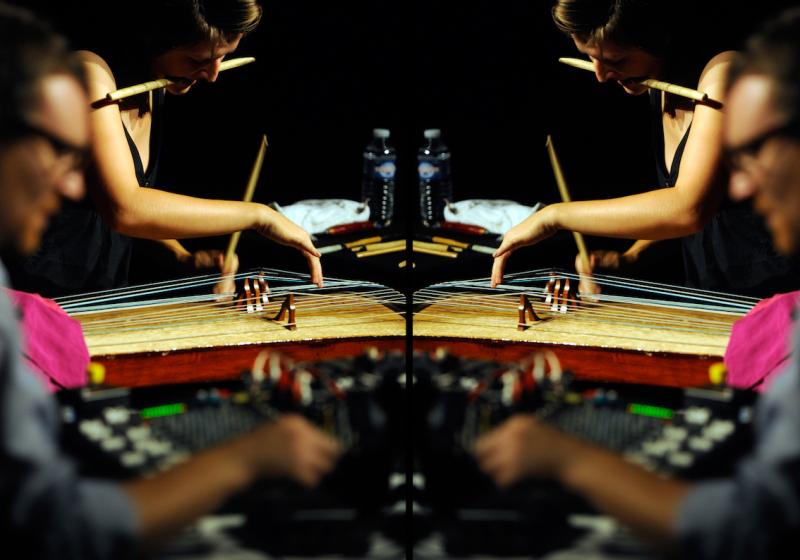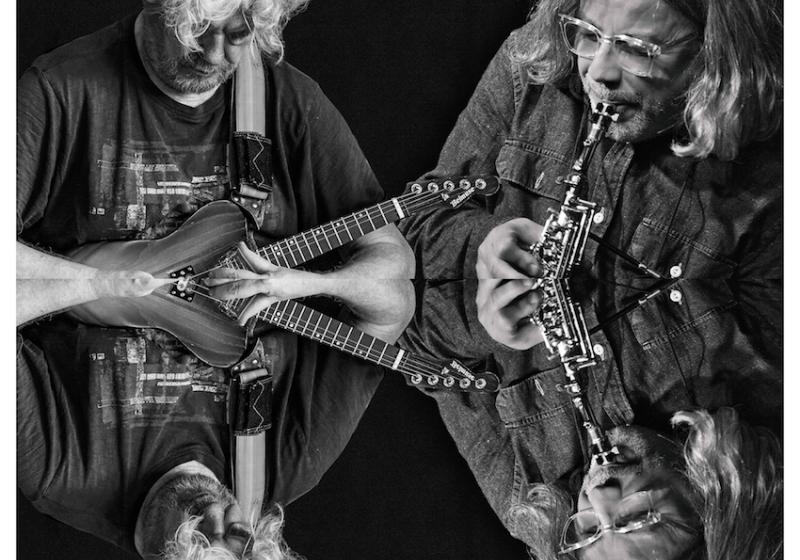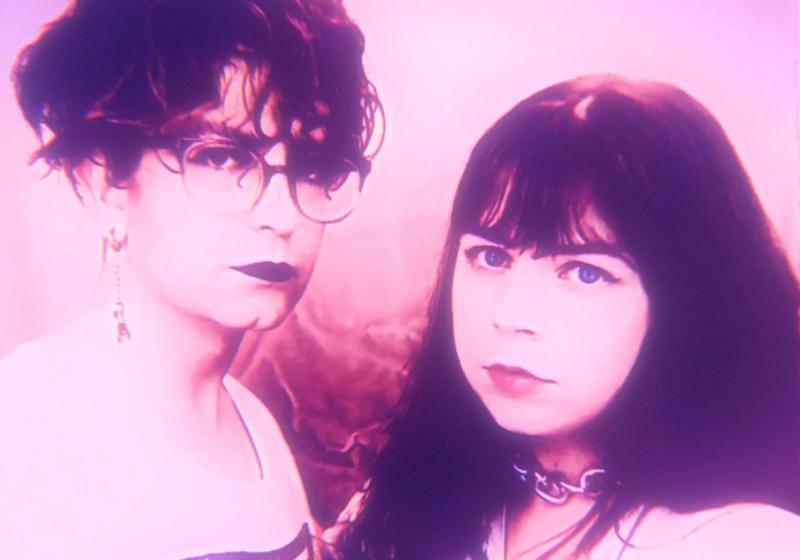Pyramid Club is excited to present the opening of a solo exhibition by Sally Ann McIntyre. Drinks provided by Garage Project.
Post-extinction huia soundings, Te Whanganui-a-Tara 1912-1924 (moments of history torn away from the movement of history, then returned; no longer quite life, not yet death) is a sonic fieldwork project that extends and recontextualises ongoing artistic research by Sally Ann McIntyre that focuses on the audible traces of charismatic extinct bird the huia. In Collected huia notations (like shells on the shore where the sea of living memory has receded) (2015), two sets of early twentieth century musical notations of human imitations of huia calls were played on piano and then re-recorded on an extremely fragile and temporally bounded late 19th – early 20th century audio medium, the two minute phonographic wax cylinder. Post-extinction huia soundings geographically re-locates this media archaeological archive within a local map of sites where encounters with huia were documented in the Wellington Te Whanganui-a-Tara region after the species official extinction date of 1907. It takes the cylinders out into these sites, where they are played back repeatedly on a small Edison Gem phonograph until they erase themselves.
Rather than charting huia ‘sightings’ the work emphasises the central role of sound, recognising the long histories of more-than-human sonic interconnections between huia and humans in Aotearoa, developed over hundreds of years before the species was wiped out, and the further echoes of these histories in twentieth century cultural phenomena such as the use of huia song playback in 20th century bio-acoustic field conservation practices.
In considering several unofficial huia sightings that were reported but not considered officially verifiable (such as a 1922 sighting in Lyall Bay that was dismissed by the then director of the Dominion Museum, who believed the species to be already extinct), the project focuses on the phenomenon of extinction debt, also known as “dead clade walking” (DCW), drawing parallels between the huia of the 1920s and extinction debt narratives in contemporary conservation, such as that attending the South Island kōkako.
Re-playing the archive of huia calls back into these post-extinction geographies creates an echo-chamber that opens the question of this extinct bird’s ongoing cultural life. It suggests that by the 1910s-20s the huia’s relationship to Aotearoa is already a hauntology that destabilises the early 20th century audible landscape of the settler imaginary with ‘the presence of an absence and the absence of a presence’ - or what Mark Fisher has termed the eerie - in ways that undermine empirical verification and visual representations. Instead, the huia’s histories and futures are bound up with oral culture recording methods that hear the human voice become a mediator to the absent presence of this most sacred of birds. “Soundings” might also be seen as a synonym for this interconnectedness, equated to kōrero, discussions, surveys, investigations, consultations.
Within this project, the phonographic wax cylinder is a time capsule traveling in both directions. It filters environmental and extinction histories through the functionality and temporality that is inscribed in the materiality of media technologies. It asks listeners to consider what can be gained by listening in an expanded way to the relations between what is inscribed within the materiality of media technologies, what is “recorded,” and what can never be.
Sally Ann McIntyre is an artist and writer from lutruwita Tasmania who lives and works in Naarm Melbourne. Sally’s recent work has focused on themes of transmission, memory, sound, silence and extinction, locating acts of ecocide and sonic erasure within particular sites, scoring species extinction as echo, noise and silence within the contemporary landscape, the museum and the archive. Her projects link the methods and materials of expanded-field radio ecology, the anarcheaological fossils of media cultures, the exploitative extraction economies of colonial science, and the poetics and politics of listening. Critical appraisals of her work have been published in Animal Studies Journal, Antennae: The Journal of Nature in Visual Culture, The Wire, Leonardo Music Journal, The Journal of New Zealand and Pacific Studies, The Routledge Companion to Mobile Media Art and The Guardian.
In 2016 her work Study for a data deficient species (grey ghost transmission) was commissioned as part of the exhibition Das Grosse Rauchen: the Metamorphosis of Radio, curated by Anna Friz for the Radio Revolten radio art festival in Halle, Germany. Her work, Collected huia notations (like shells on the shore when the sea of living memory has receded) was nominated for the 2019 Share Prize for contemporary artists working with technology and science in Turin, Italy.
Exhibition runs 24 June - 29 July 2023
Open Tuesday 10-4pm, at all Pyramid Club gigs and by appointment vie email: admin[at]pyramidclub.org.nz
Special thanks to Creative New Zealand for supporting Pyramid Club's programme
